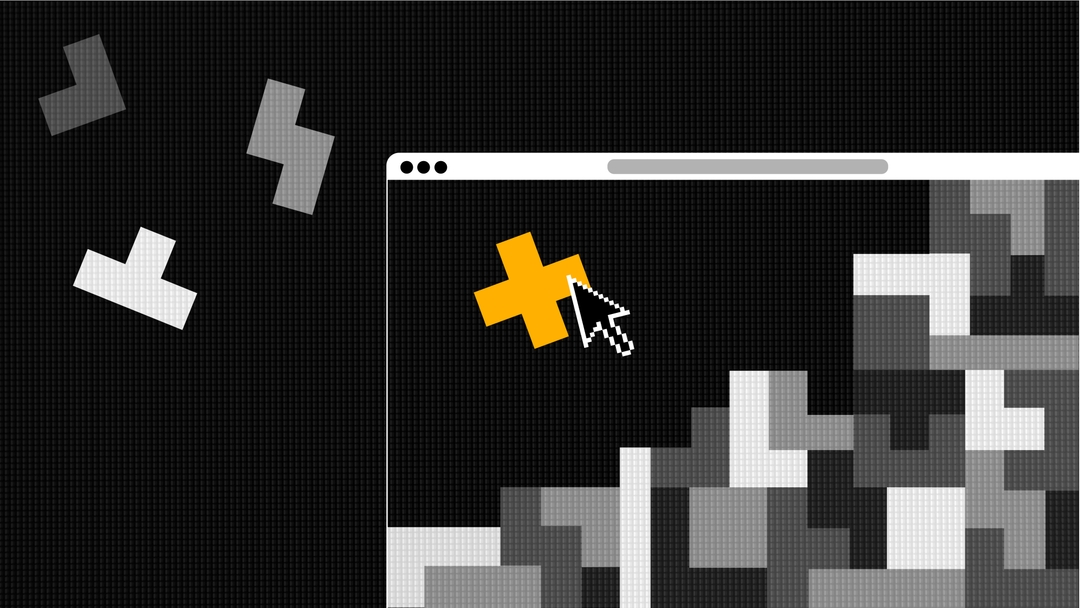
There’s little wonder low-code/no-code is such a hot topic.
While website development used to be the domain of software engineers and technical whizz-kids, the latest low-code/no-code solutions allow a much broader range of people to produce eye-catching, modern web applications. Heck, they’re even responsive too.
You no longer need to hire a developer to create a website, tools such as Bubble.io, Adalo, and Webflow (we’re a partner by the way) give you all the tools to create first-class websites and applications without the need to write any code. So it’s a great hit for marketers with tight budgets. Simply upload this image. Move that one. Drag this copy over there. Click publish and – BOOM. Website.
But what if you need more?
How do I know if low-code/no-code is the way forward?
More often than not, today’s websites are more than just copy, image and text.
So what happens if you need to integrate your site with something else – say a payment platform, or a web API? What if you need to bring in a data source from a back-office system?
Some of these low-code/no-code solutions include e-commerce options (Webflow is one example), and you can do a fair bit with Zapier. But truly, these features won’t always meet all your requirements.
If in the future you think you’ll need more complex data APIs, tracking or marketing integrations on your site, you may want to look for something more structured…
Drupal 9: Now with increased flexibility
This is where Drupal comes in.
Traditionally, Drupal CMS has been rigid. It had fixed templates and allowed little-to-no flexibility for content editors. But this has all changed with Drupal 9.
Drupal 9 has been built with flexibility in mind, and when combined with specific modules (for example Layout Builder and Paragraphs) it allows a much greater degree of freedom for you to create the pages you need.
Although, you may well still need some help from a development team or a site builder, depending exactly on your requirements. Once you have it set up, the flexible-layout-world is your oyster!
Layout builder to the rescue
Layout Builder is included out-of-the-box with Drupal and can be used to create dynamic templates for any given content type.
By using Layout Builder, a content editor can build up a page using any number of defined components, e.g. images, text, and banners, and arrange them in any number of section configurations – for example, in either single or multiple columns.
Almost anything within Drupal can be positioned into a layout. You can drag things around and change a page’s blueprint completely from one page to another.
And if you have a list of documents you need to include on-site, site builders can define a document list block which you can then embed on any page. And, this can all be closely linked to the design using pattern libraries, where individual components, made up of atoms and molecules, can be tied to the components that are added through the layout builder.
More and more of our clients need flexible layouts. And that’s why, at P+S, we’ve combined several different modules into a Drupal ‘profile’.
This profile includes all the modules required to create a low-code/no-code site using Drupal, which can be rolled out for a comparable cost to Webflow.
The benefits of using a system like Drupal is that once you have it in place, you then have many more options for integrations with other web services due to its framework and server-side code flexibility, and your website can grow and evolve to meet your future requirements.
Acquia, who provide enterprise products, services, and support for Drupal, are also addressing the demand for low-code/no-code by developing the Site Studio project.
This enterprise level tool, included with their Cloud Solutions offering, allows you to build a Drupal site and theme it with no developer involvement at all. So developers can concentrate on more complex technical tasks, such as integrations and APIs.
Site Studio allows you to define and build a theme and components all entirely from Drupal’s interface. Once complete, your content editors have the freedom to create their pages using the drag-and-drop interface of the layout canvas.
Horses for courses
When choosing your next platform for your marketing requirements, it’s important to think long-term and consider how they might change.
So, while low-code/no-code solutions are excellent for crafting websites in short timescales, if you need your website to grow beyond hosting more simple content, Drupal may be a better fit long term. And it may not necessarily cost you much more.
As Webflow and Acquia partners, and an experienced Drupal agency, P+S are in a unique position, and can help you decide which solution is the best option for your business.
Talk to us about your next project today, email [email protected] to arrange a no-obligation chat.
Game-changing strategy, creative and technology that means more impact for your marketing. And more power to your business.